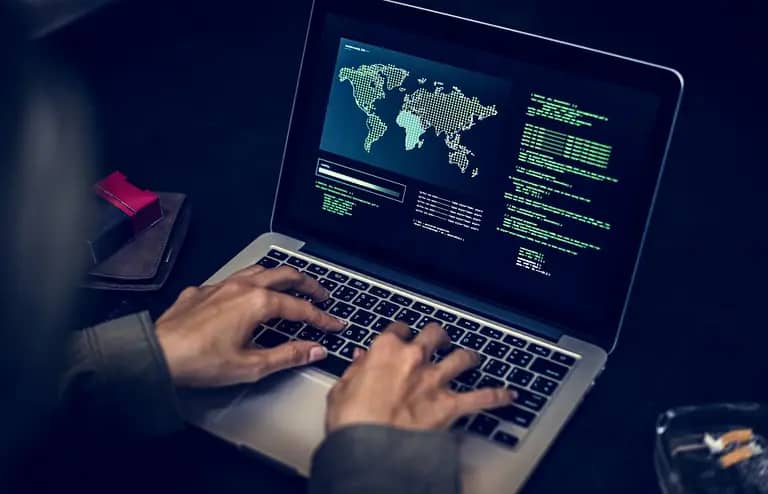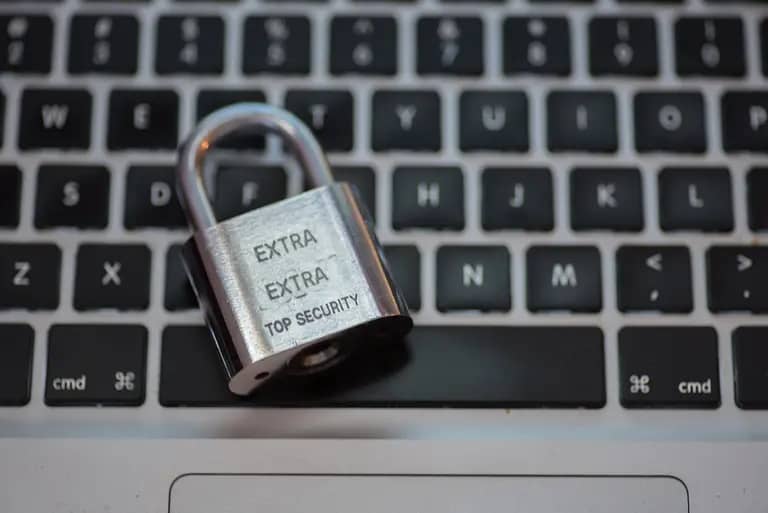In recent weeks, a disturbing trend has emerged in the cybercrime landscape: hackers are increasingly publishing stolen data from the Single Euro Payments Area (SEPA). This alarming development raises serious concerns about the security of financial transactions and personal information across Europe. Here’s what you need to know about this issue and how to protect yourself.
Understanding SEPA and Its Importance
What Is SEPA?
The Single Euro Payments Area is an initiative aimed at making cross-border payments in euros as easy, efficient, and secure as domestic payments. It simplifies transactions within the Eurozone, benefiting businesses and consumers alike.
Why It Matters:
The sensitivity of the data processed within SEPA makes it an attractive target for cybercriminals. Stolen information can include bank account details, transaction histories, and personal identification information, all of which can be exploited for fraud or identity theft.
Recent Incidents: The Rise in Data Exposure
Cybercriminals are becoming increasingly brazen, publishing stolen SEPA data on dark web forums and public repositories. These leaks often come from ransomware attacks or data breaches at financial institutions, payment service providers, or businesses that handle sensitive financial information.
Key Takeaways:
- Increased Frequency: The number of reported SEPA data leaks has surged in recent months.
- Impact on Individuals and Businesses: Exposed data can lead to unauthorized transactions, financial loss, and reputational damage.
What to Do If Your Data Is Compromised
If you suspect that your SEPA data may have been compromised, take immediate action:
1. Monitor Your Accounts
Regularly check your bank statements and transaction histories for any unauthorized activity. Report any suspicious transactions to your bank immediately.
2. Change Your Credentials
If you use the same passwords across multiple platforms, change them immediately. Implement strong, unique passwords for your financial accounts and consider using a password manager.
3. Enable Two-Factor Authentication (2FA)
Whenever possible, enable 2FA on your accounts. This adds an extra layer of security by requiring a second form of verification when logging in.
4. Notify Your Bank
Inform your bank of the potential breach so they can take appropriate measures, such as monitoring your account for suspicious activity or issuing a new card.
5. Stay Informed
Keep yourself updated on the latest cybersecurity news and best practices. Being aware of emerging threats can help you better protect your information.
Prevention Strategies for Businesses
For businesses handling SEPA transactions, implementing robust security measures is crucial:
1. Strengthen Data Security Protocols
Invest in advanced security solutions such as encryption, firewalls, and intrusion detection systems to protect sensitive data.
2. Conduct Regular Security Audits
Perform frequent assessments of your security infrastructure to identify vulnerabilities and address them proactively.
3. Educate Employees
Provide regular training on cybersecurity best practices, including how to recognize phishing attempts and secure sensitive data.
4. Develop an Incident Response Plan
Prepare a comprehensive incident response plan to ensure a swift and effective reaction in the event of a data breach.
Conclusion
The publication of stolen SEPA data by cybercriminals highlights the critical need for heightened security measures and vigilance. Both individuals and businesses must remain proactive in protecting sensitive financial information. By adopting best practices in cybersecurity and staying informed about emerging threats, we can collectively mitigate the risks associated with cybercrime.




